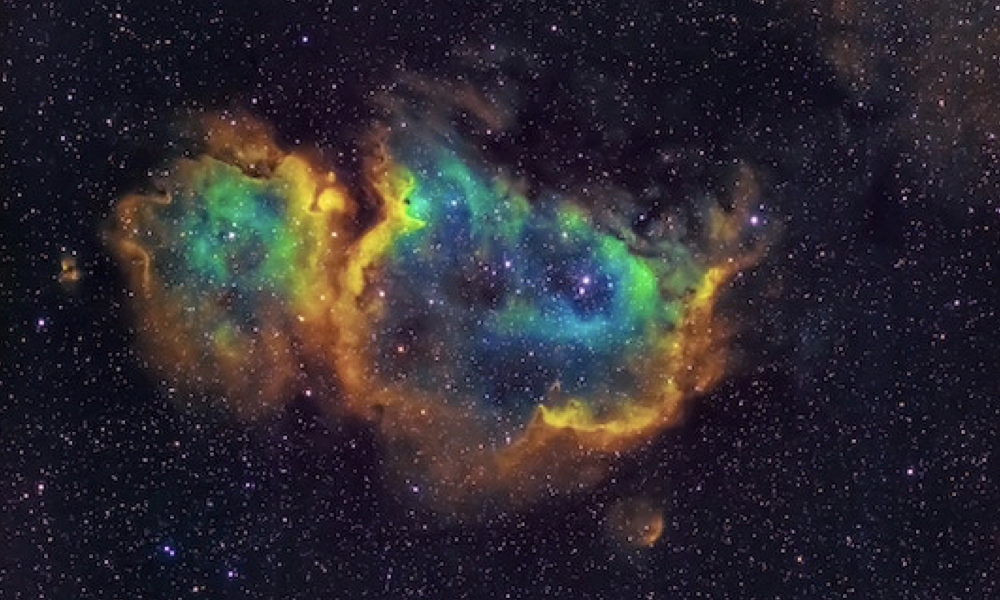
ESA Open Invitation to Tender AO9472
Open Date: 11/09/2018
Closing Date: 23/10/2018 13:00:00
Status: ISSUED
Reference Nr.: 18.129.15
Prog. Ref.: Technology Developme
Budget Ref.: E/0901-01 – Technology Developme
Special Prov.: BE+DK+FR+DE+IT+NL+ES+SE+CH+GB+IE+AT+NO+FI+PT+GR+LU+CZ+RO+PL+EE+HU
Tender Type: C
Price Range: 200-500 KEURO
Products: Satellites & Probes / Payloads / Instruments / InfraRed instruments / Telescopes / Satellites & Probes / Payloads / Instruments / Optical Instruments / Imaging radiometers / Satellites & Probes / Payloads / Instruments / Optical Instruments / Imaging spectrometers / Satellites & Probes / Payloads / Instruments / Optical Instruments / Infrared spectroscopy / Satellites & Probes / Payloads / Instruments / Optical Instruments / Lidars
Techology Domains: Optics / Optical Component Technology and Materials / Optical Components / Optics / Optical Component Technology and Materials / Optical Bench and Mounting Technologies
Establishment: ESTEC
Directorate: Directorate of Tech, Eng. & Quality
Department: Mechanical Engineering Department
Division: Mechatronics and Optics Division
Contract Officer: Reinsoo, Anna
Industrial Policy Measure: C3 – Activities restricted to SMEs & R&D organisations, prefe…
Last Update Date: 11/09/2018
Update Reason: Tender issue
The objective of this activity is the development of adhesive free mounts through soldering technique, for exotic optical materialsused in space applications.Optical systems for space more and more incorporate exotic materials for specific functionality, such as radiation hardened glasses (e.g. LAK9G15), birefringent crystals for polarization management, frequency conversion (e.g. BBO) andactive laser crystals (e.g. YAG), photo-refractive crystals (e.g. LiNbO3) and UV-refractive materials (CaF2). These materials need to be joined with high precision, superior stability and zero contamination to CTE-matching substrate materials (e.g. Zerodur, SiSiC, CeSiC, Ti, Dispal). Localized, fluxless soldering is a promising joining technology to meet these requirements. It provides an anorganic, non-outgassing, radiation stable and vacuum compatible technology for multi-material joining. Materials for specific opticalfunctionalities (radiation hard, polarization control, frequency conversion, active lasing and UV-refractivity) shall be selected along with typical geometries of components made of these materials. Substrate materials and structures shall be selected in a way that they represent typical, manufacturable systems and partial geometries of those. When the set of combinations for optics and substrate materials is selected, subsequently the design and simulation based optimization of typical joint geometries based on a localized (e.g. laser based), fluxless soldering technology shall take place and then being transferred to demonstrator assemblies that canbe investigated with respect to the desired application. In order to setup real hardware demonstrators a parameter optimization of the soldering process with respect to the investigated materials as well as surface preparation techniques (wettable surfaces for the solder joint to be applied to, created e.g. by the localized sputter application of adherent metallization systems) need to be carried out, preferably based on design of experiment approaches. Then the hardware demonstrators shall be manufactured using an optimized processing scheme for soldering, the manufacturing shall be accompanied by a measurement program that derives the component performance with respect to accuracy (misalignment during joining), surface figure and birefringence (stress introduced by the solderingtechnology) and stability (stress and damage introduced by the thermal shock of the soldering technology). This measurement programis to be continued throughout a test campaign that covers mechanical testing (vibration and shock), temperature cycling and thermal-vacuum according to typical ECSS standards.Procurement Policy: C(3) = Activity restricted to SMEs RD Entities. For additionalinformation please go to EMITS news „Industrial Policy measures for non-primes, SMEs and RD entities in ESA programmes”.
If you wish to access the documents related to the Invitation to Tender, you have to log in to the ESA Portal.
